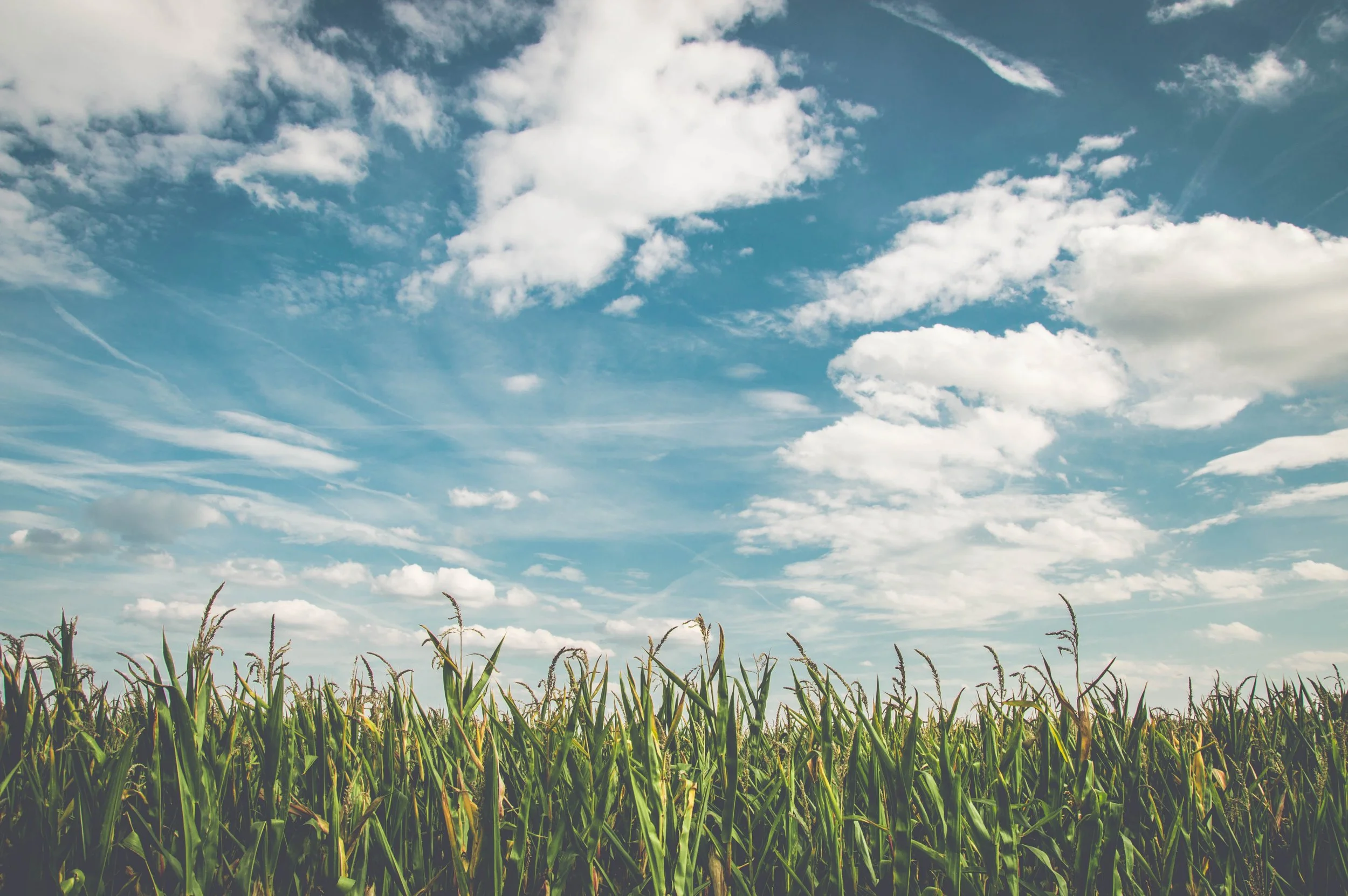The ozone layer is back
The ozone layer is back
In 1994, the United Nations General Assembly designated 16 September as International Day for the Preservation of the Ozone Layer, commemorating the date the Montreal Protocol on Substances that Deplete the Ozone Layer was signed in 1987. Thirty years after the protocol was signed, the hole in the ozone layer is closing—so do we still need to worry about it?
The hole in the ozone layer over Antarctica was discovered in 1985, and came as a shock to the scientific community—no one was expecting such a massive depletion—generating worldwide concern over increased cancer risks among other negative effects. In 1989, the Montreal Protocol ban came into effect, with ozone levels stabilising in the mid-1990s and recovering in the 2000s.
Now, the healing of the ozone layer is a striking example of the success possible when global communities work together. The current consensus is the ozone layer should be healed by 2075, provided nations stick to their treaty commitments—phasing out and banning use of ozone-depleting substances including chlorofluorocarbons (CFCs). These substances are also greenhouse gases which trap heat in the atmosphere, so the Montreal Protocol has also helped slow climate change.
Scientifically, there is no hole in the ozone; it doesn’t disappear, nor is there a uniform ‘thinning’ of the ozone layer. Rather, the hole is a depression but calling it a ‘hole’ resonated better with the public. People around the world voluntarily switched away from CFCs as they feared the severe personal consequences and imminent risk presented by a hole in the ozone layer; at policy level and in public opinion, ozone regulation fared much better than climate change has. We can only hope this public response will continue as a new study reports one section of the ozone layer is still declining. Scientists have observed the steady decline of the ozone in the lower stratosphere—the layer of the atmosphere that contains the largest fraction of the ozone layer. Something other than CFCs is causing this depletion, and scientists aren’t yet sure what.
While there’s no need to panic just yet, this is concerning. It’s clear the international community cannot rest on its laurels—we need to continue to protect the ozone layer from new threats. The Montreal Protocol requires scientific assessments of ozone depletion every four years, with the latest due to be published later this year. If the findings show industrial activities are causing this, we can trust the Montreal Protocol member countries to amend the treaty to include these new threats. As this year’s International Ozone Day tagline reminds us: keep cool and carry on.







In the United Kingdom, the United States, and Australia, one in five women will experience sexual violence in their lifetime but 95 percent of survivors don’t report their experiences. Not officially, anyway.